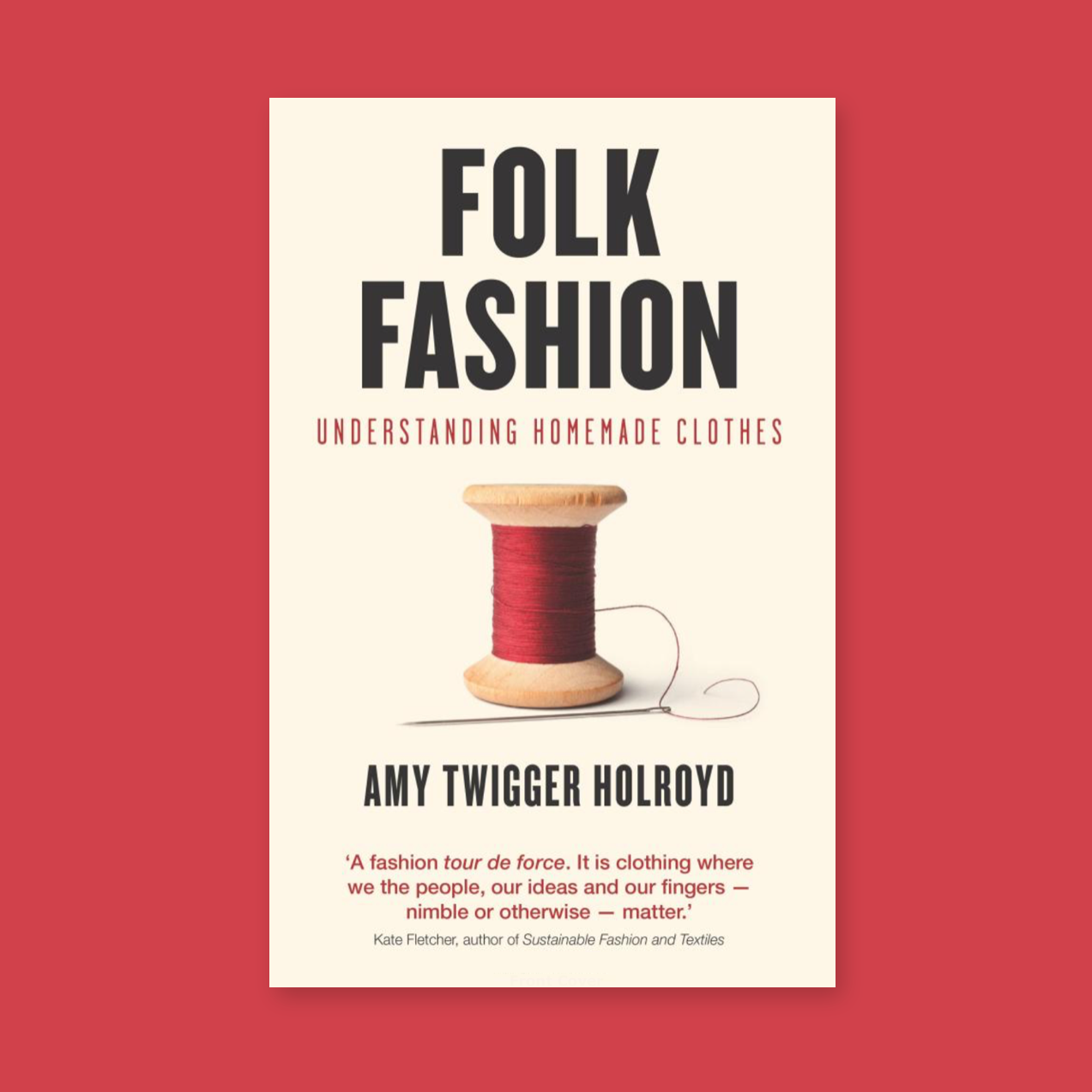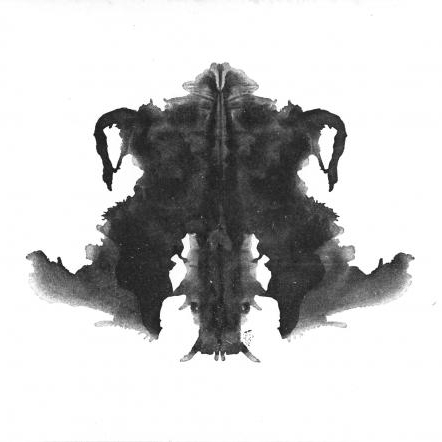Book Review: Folk Fashion for Fashion Folk
Amy Twigger Holroyd, Folk Fashion: Understanding Homemade Clothes, I.B. Tauris, $29, 256 pp., May 2017
Amy Twigger Holroyd’s new book, Folk Fashion: Understanding Homemade Clothes, is an extension of her PhD research project, which looked at the relationship of amateur fashion making – what she deems “folk fashion” – and sustainability. Folk Fashion offers a way to make the research of us “fashion folk” relevant to the real world. Indeed, in its own way, the book could be read as a manifesto on how to create rather than consume fashion – a topic that resonates with my own research into fashion and wellbeing. Many of Amy’s conclusions lead the way to challenging the restrictive and prescriptive ways in which the fashion system dictates who we become with each seasonal collection produced. Folk Fashion offers us an alternative that may well point the way to creating sustainably both for individuals and for society-at-large.
While Amy is an academic at heart, throughout the book, theory intermingles with and current and relatable fashion practices making it a highly accessible read. Methodologically, Amy takes a variety of sources from a diverse collection of contemporary folk fashion practitioners who home-make clothes – whether by knitting, sewing, re-making or mending. The shared experiences are interspersed with fashion theory to ground the book with meanings about identity creation and the way we connect to others alongside craft theory and the idea of open commons. By telling the stories of her participants, she manages to cleverly convey her ideas as simple patterns that can be adapted by anyone. In doing so, she provides ample evidence as to how we can make our world a better place when we take part in craft activities that relate to our identities. While the current mainstream culture of fast fashion, which leaves those that consume it wanting more, is unlikely to be knocked of its perch when we make our own, this book gives me hope that we can unpick elements of the homogenous system and re-stitch a community within fashion that offers an alternative – a way to create dress that challenges commercial retailers, perhaps even encouraging the high street to adopt some of the practices of homemade.
As Amy says: “Like it or not, we are all engaged in the fashion system,” and indeed, she isn’t wrong. We get dressed every day and we make decisions and choices that connect us to fashion system. We do have a choice, however: We can opt for sartorial practices that nourish us, or we can be led by the capitalist-consumption practice of shopping for more clothes without ever feeling full. It must be asked though: Is the preference of creating, making, or buying as clear cut as it at first sounds? Amy unpacks all of the arguments that take place around this binary description, but while doing so, draws on her own experience of making clothes and of conducting research which supports others to make, mend and fashion themselves in all manner of ways.
“Like it or not, we are all engaged in the fashion system.”
Concerns about sustainability form the ethical foundation of the book, which is further bolstered by discussions of wellbeing, current debates about fast fashion and the impact of post-growth fashion on the circular economy. These are set out to highlight the problems with falling into what Amy describes as “the seductive trap of seeing all and any consumption as straightforwardly negative.” In many ways, she takes a pragmatic approach which draws on the work of sustainable consumption expert, Lucia Reisch, who purports that we need to change our relationship to stuff rather than to eliminate it.
From my position as a positive psychology practitioner, I am delighted that Amy utilises the research of Carol Ryff and Corey Keyes to align fashion with psychological well-being (PWB) and reflects on the work of Manfred Max-Neef to connect dress to the dynamic need we have to create emotional satisfiers. Taken together, however, the book takes a well-rounded view of these overlapping issues.
Indeed, while I was reading it, I found myself questioning my own assumptions that homemade fashion is always sustainable – asking questions like, what about the fabric sitting in makers’ cupboards, the hoarding of “stuff” that we’re all inevitably inclined to do. Or what about the feeling that I know from personal experience – the feeling that projects made but not worn feel right. Or that almost addictive quality of making more than one can ever wear as the lure to create something else takes precedent over need. We makers know these feelings.
Amy is no evangelical, she doesn’t promise that folk fashion is the only answer but that it may offer some sustainable solutions which contribute to wellbeing. The final chapter sets out ways in which folk fashion could contribute to future ideas of sustainability. If you are at all interested in researching sustainable fashion, this final chapter may well provide more research questions than you could ever find the time to answer, such as: What are the possible links between politics and handmade? Is there an historical documentation of this? What can we learn from past made-at-home fashion that would be beneficial to wearing contemporary wellbeing? What can we do to enhance this quiet revolution? How can we rebalance excess consumption with this knowledge? What about the connection between making and resilience? Can we overcome the conflicting meanings, the anxiety induced by our handmade efforts being not good enough, to really make a dent into fast fashion?
Amy ends with the idea that fashioning at home will reach a plateau. She believes that the limitations of time, space and enthusiasm will be outweighed by the ease of purchasing. I wonder how the research conducted by fashion folk can add to the evidence that folk fashion is good for us and help drown out “the powerful forces of mass-produced fashion.” I also wondered myself, as a likeminded practictitoner, do we have a responsibility to make the results of our research accessible, as Amy has with this book, and how can we follow her lead? Is one avenue to submit less often to academic journals and to create more home-made examples of re-making fashion as a daily practice of well-being? Your guess is as good as mine.
Learn more about Amy's research via her website.



